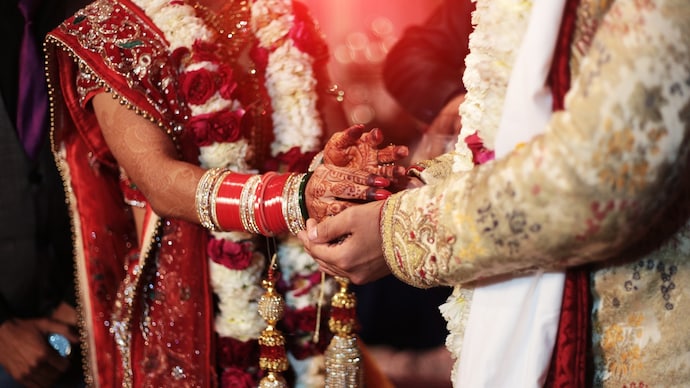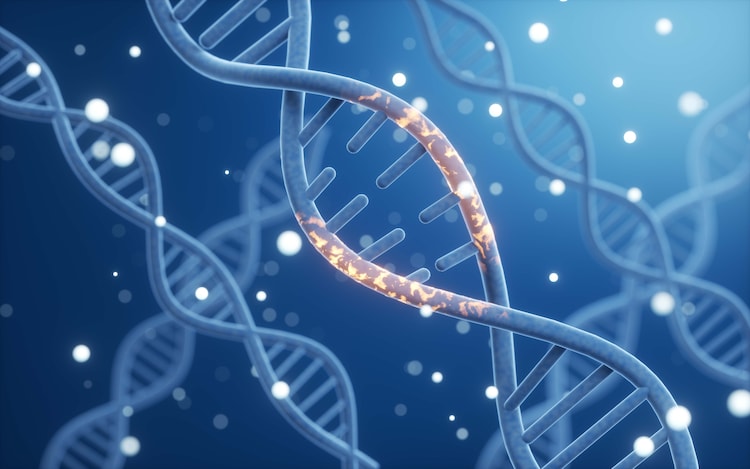Marriage within the community: How to affect the genetic health of Indians
Marriage within communities is prevalent in India, which has increased the risk of population-specific diseases. Government intervention is necessary to educate people, encourage them to undergo genetic screening, and manage increasing genetic diseases.

In many areas across India, marriage within the same community or between relatives has contributed to some inherited health conditions.
This broad cultural practice of marrying within equal communities, castes and religions is called Andogamy.
According to the National Family Health Survey 2005-06, most marriages occur within equal religions, castes, communities and ethnic groups, only 10% inter-caste and only 2.1% interconnected.
A recent report under India’s Genome Project shows that this practice is “highly prevalent” in all 83 population groups as part of the study, with some variations that lead to population-specific diseases.
Andogamy leads to genetic diseases?
Marriage within caste is common in the whole of India, even though religion.
In the southern part of India, people usually practice the culture of marrying close relatives, a practice called “Kansuanus Marriage”.
It can also give rise to diseases, hereditary transfers of diseases, impaired heart health in young age, arthritis and miscarriage.

Such marriages can also lead to the transfer of diseases through generations.
“If both parents have some diseases, it will also be transferred to the children. Their children can inherit two copies of these genes, even if their parents do not show any symptoms of them,” Dr. Palaniapana Manikam, Consultant Gastroenterologist said in a YouTube interview.
Since Andogammy is in behavior for age, it has created mutations within the population, paving the way for some genetic diseases.
The head of the Genome Project of India, Dr. Kumaraswamy Thangraj said, “Indian population is Andogamus. We find population-specific mutation.”
In a study published by Thangraj in Nature Genetics, the expert indicated the impact of Andogamy due to heart problems in the relatively young population. This problem can be spoiled in South India compared to North India, as many people can suffer from heart problems in their old age.

It was also revealed that Andogamy and not climate change or other factors have motivated some base pairs of DNA to remove, which are important for regular heartbeat patterns.
A type of arthritis known as ankylose spondylitis, which causes inflammation in the spinal joints and ligaments, is also associated with endogamy.
Another study published in the Nature Journal suggests that the Kansuanus marriage increases the risk of spontaneous abortion, stylobarth, newborn mortality and child mortality.
What can be done?
Educating people about the sick effects of Andogamy requires hours. Encouraging them to marry outside their communities will help reduce the burden of genetic diseases.
Consultation by doctors and screening programs will help in the initial detection of diseases.
Another way to stop the spread of Andogamy is to understand the genetic makeup of Indians.
The Genome India Project, a government -led Research Project, which has mapped over 10,000 persons, has revealed the major information on mutations that Andogmy has led.

Dr. Thangraj said that since some mutations are associated with these genetic diseases, “If we put all these mutations in one array, the diagnosis of any disease can be developed more cheaply.”
Reaction from individuals is important to analyze treatment techniques.
“Some individuals may give positive response to treatment. For them, new treatment may work. But in some, it can cause adverse effects, leading to leading
Development of new drugs -“Dr. Thangraj said.
Along with government intervention in supporting the development of new drugs, there are essential steps to encourage inter-social marriage, genetic screening and public awareness, to reduce diseases caused by endogamy.







